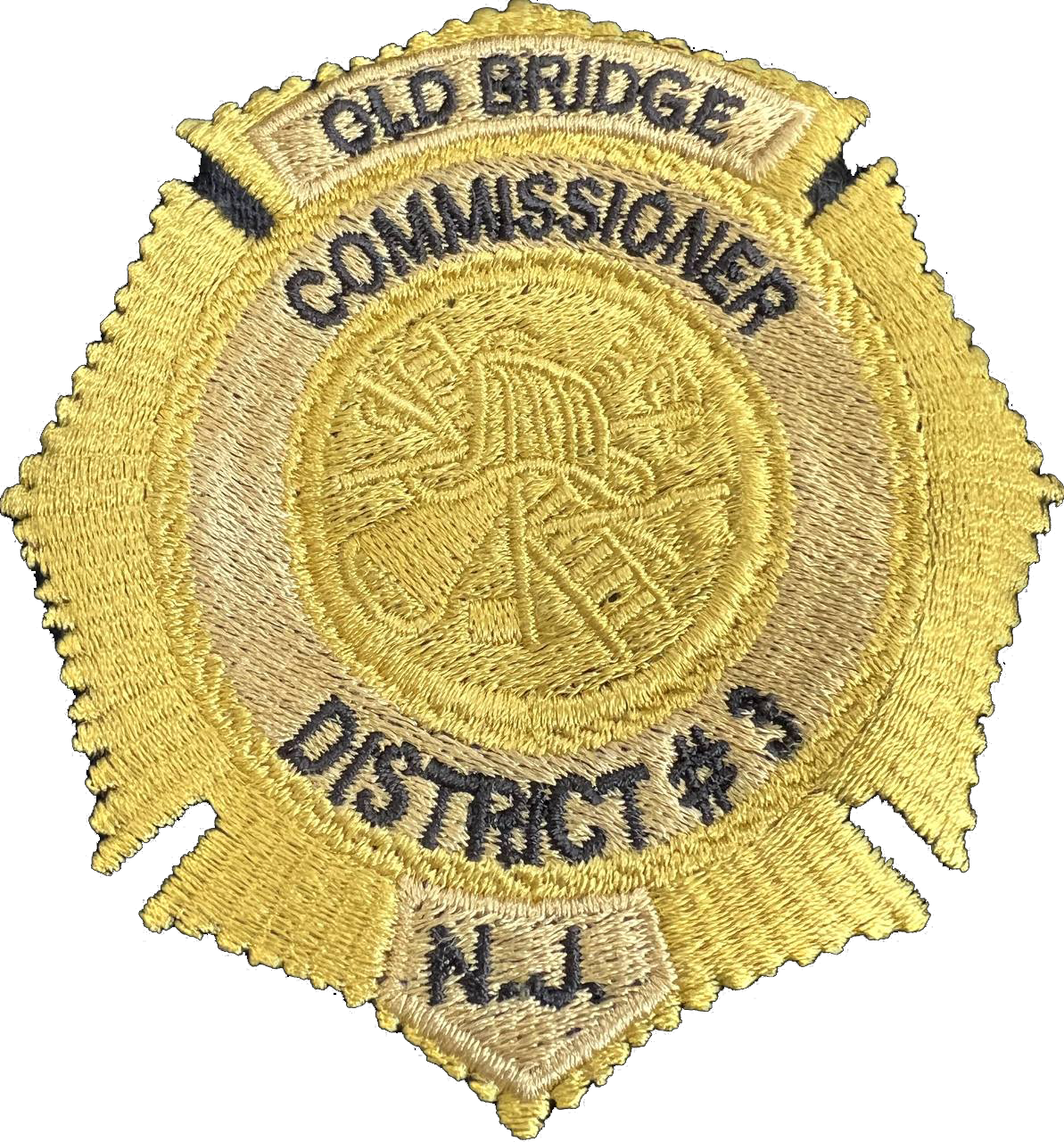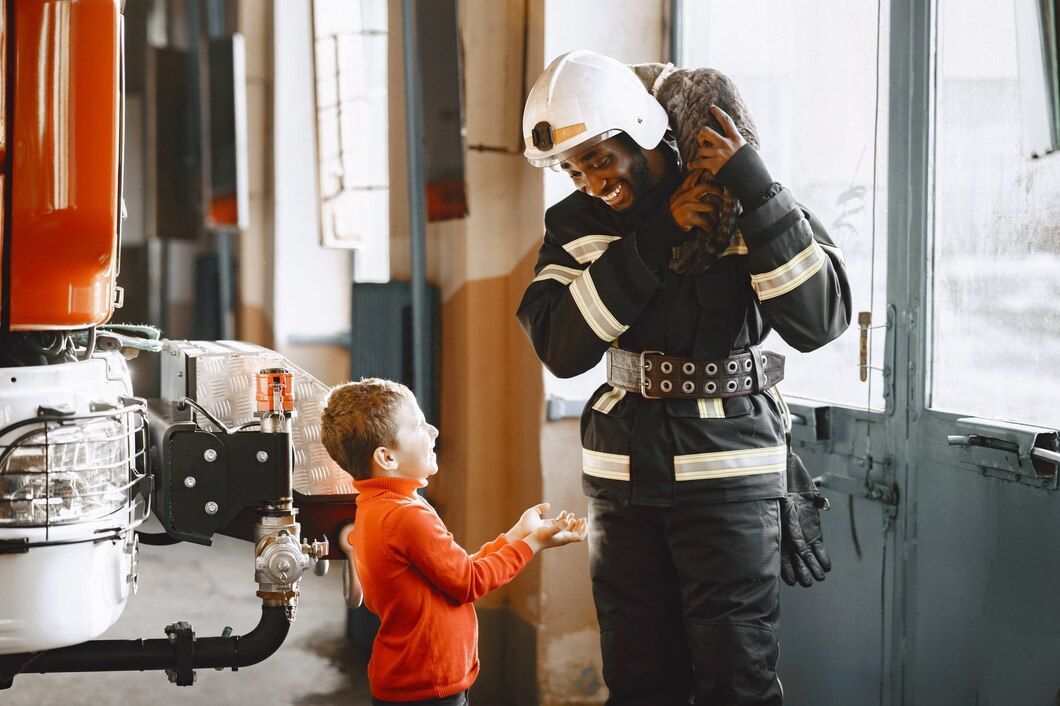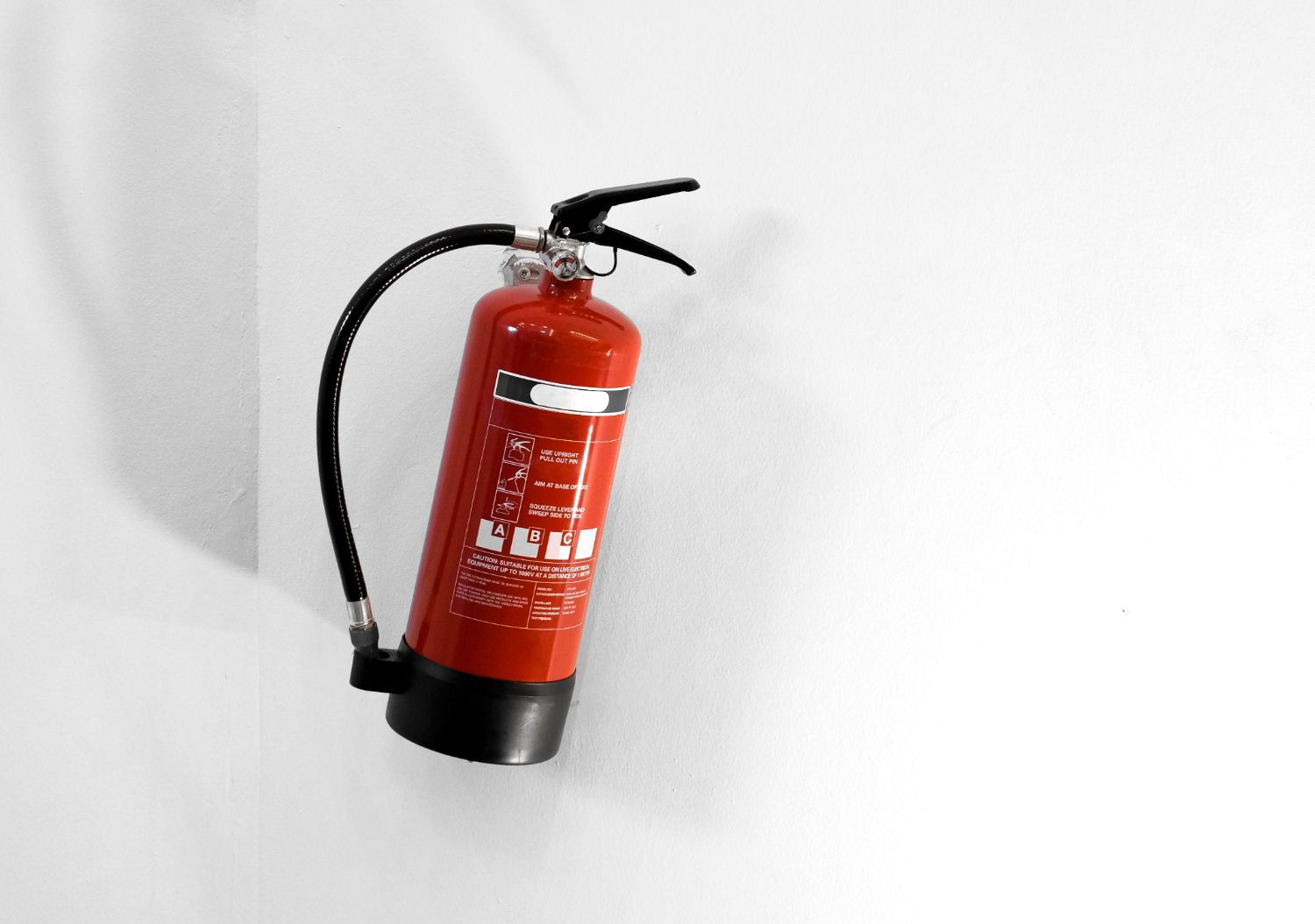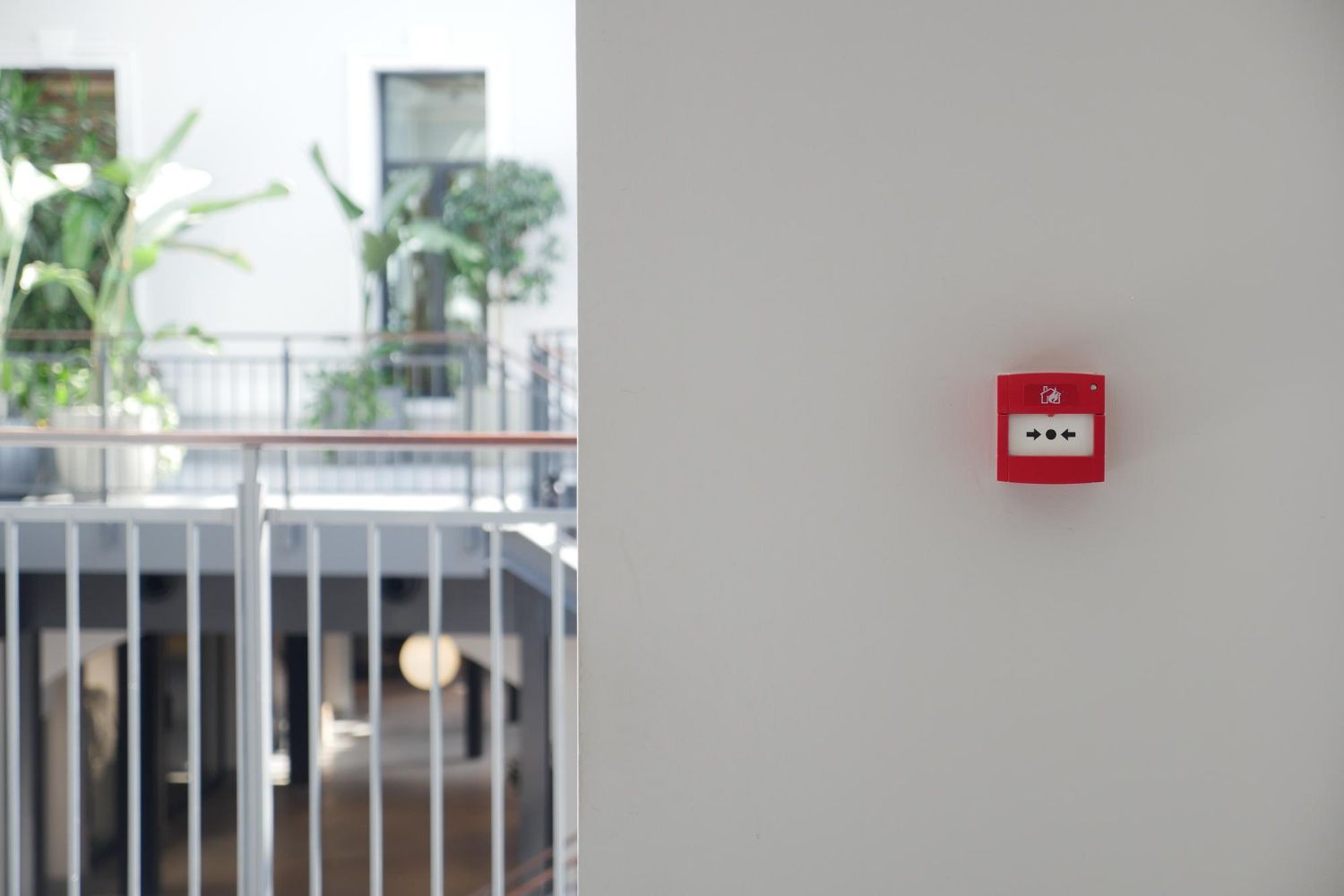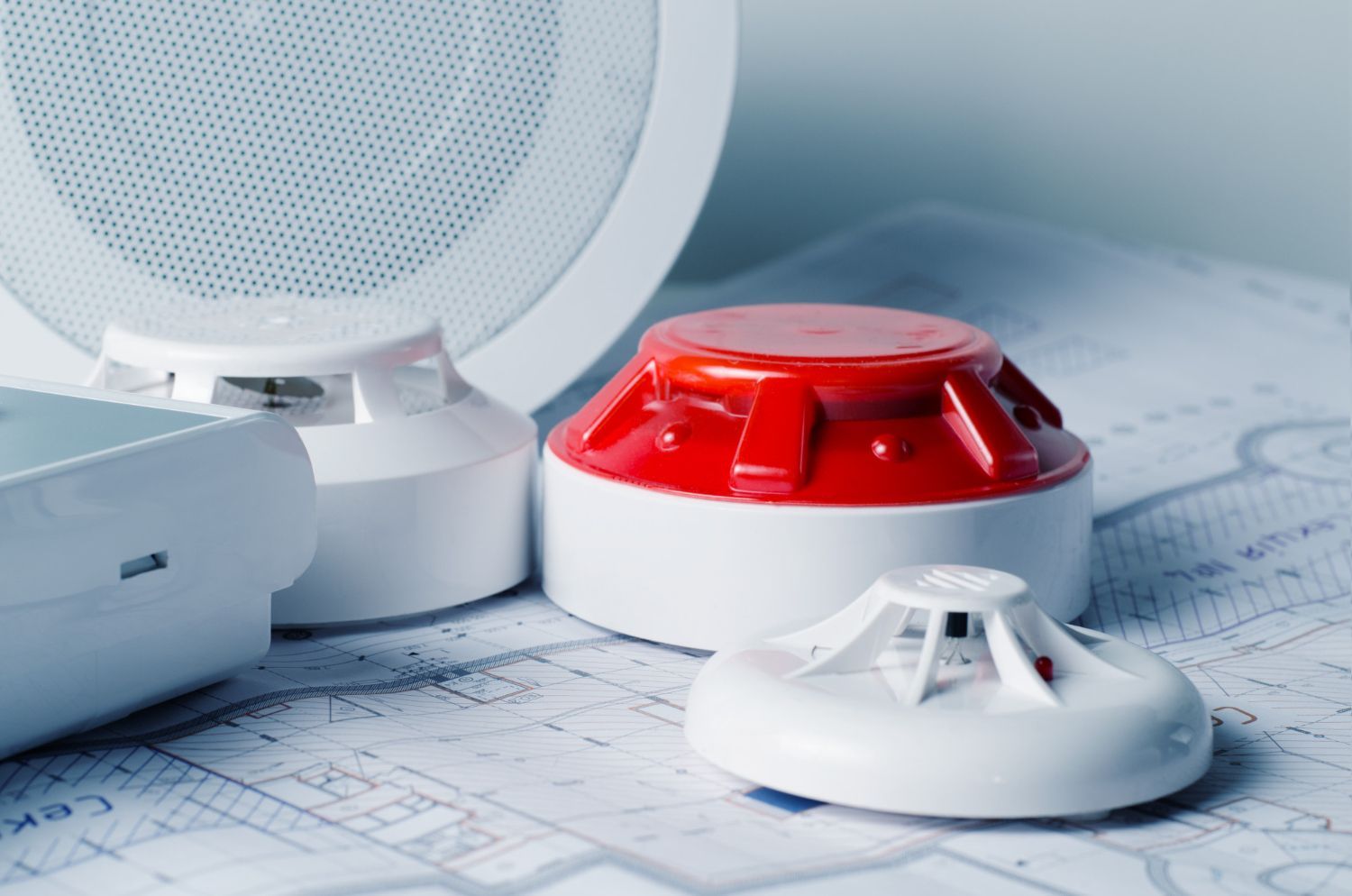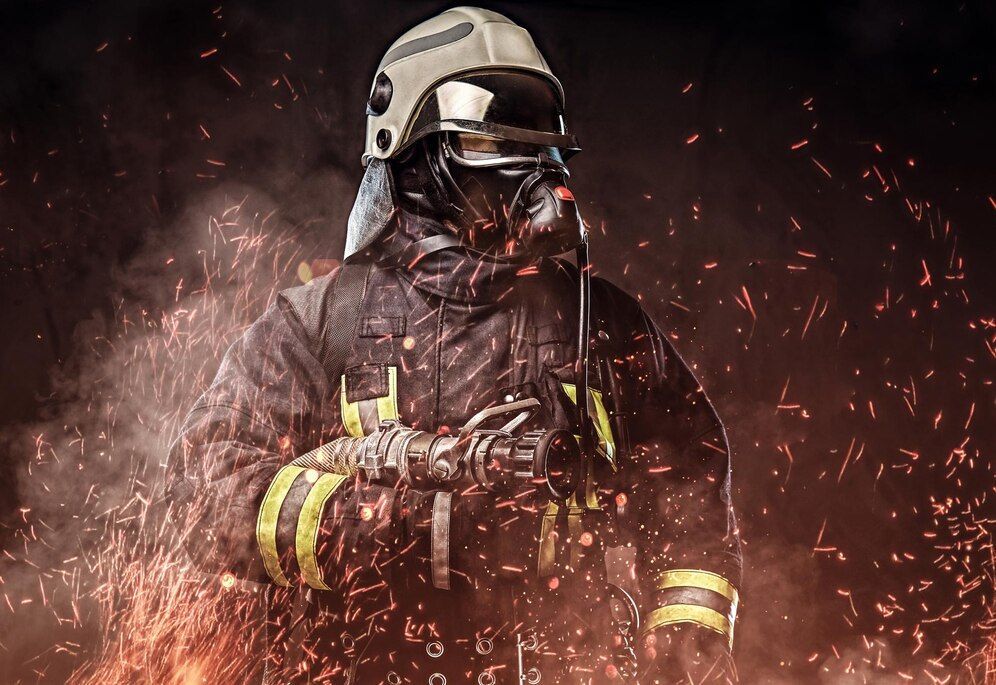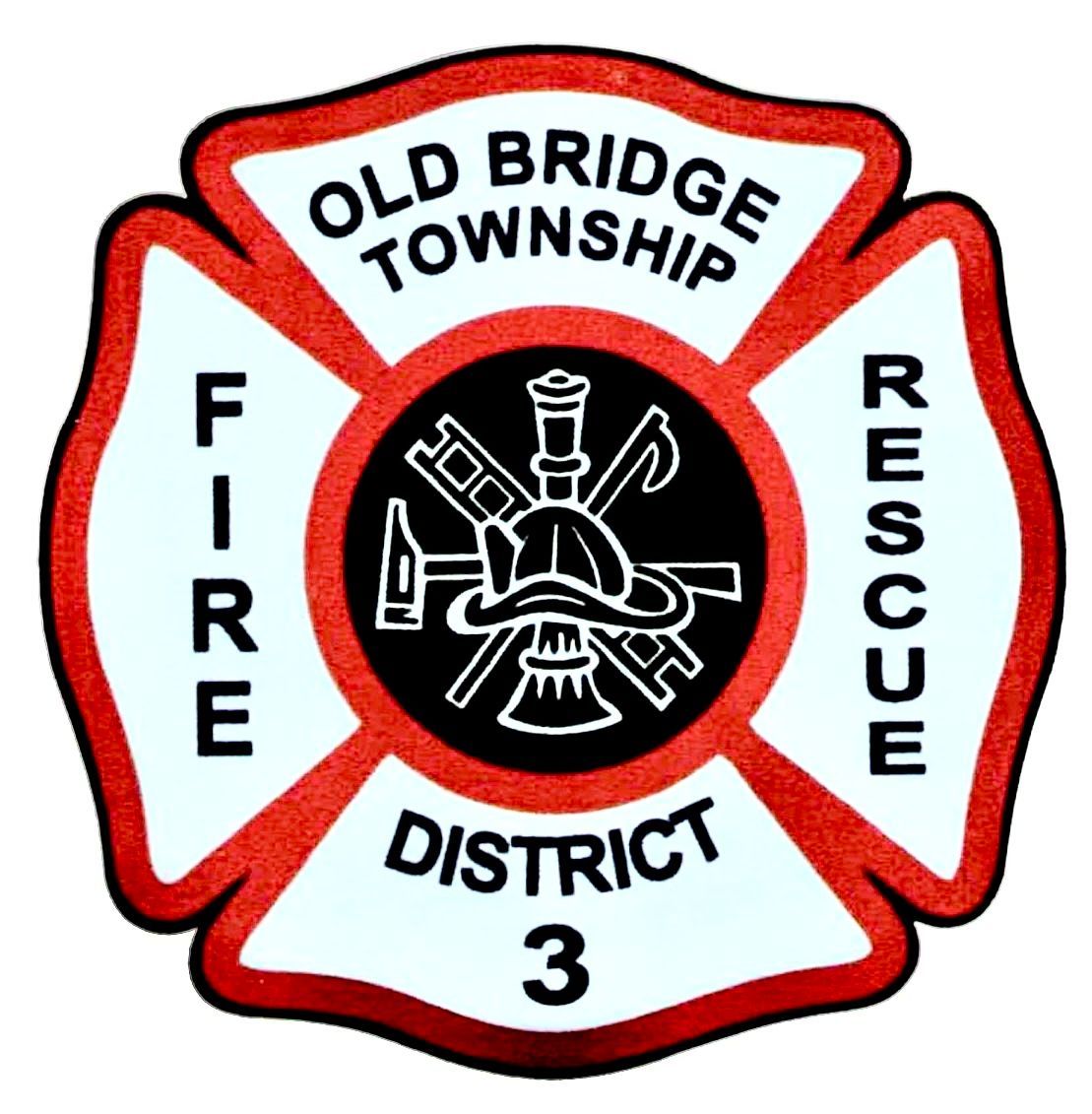Fire Safety for Persons with Disabilities: Adapting Preparedness and Evacuation Measures

Fire District 3 is committed to ensuring the safety and well-being of all individuals within our community, especially persons with disabilities who may experience unique challenges during fire emergencies. By understanding these challenges and adapting fire safety measures and emergency response strategies to accommodate various needs, we can create a safer, more inclusive environment where everyone can feel properly protected and prepared.
In this article, we will discuss essential adaptations and planning strategies for fire safety targeted at persons with disabilities. We will cover key aspects such as making homes more accessible, tailoring early warning systems and escape plans, and using assistive devices to improve fire prevention, detection, and evacuation. Furthermore, we will emphasize the importance of cooperation between individuals with disabilities, their family members, neighbors, and even building management to address potential obstacles and provide essential support during emergencies.
Join us as we explore practical tips and resources for adapting fire safety measures for persons with disabilities. Together, we can foster a diverse and accessible Fire District 3 where everyone can enjoy the peace of mind that comes from comprehensive fire protection and preparedness.
1. Adapting Fire Safety Measures for Accessibility
Ensuring a safe living environment for persons with disabilities requires adapting homes and living spaces to accommodate their unique needs and challenges:
- Accessible Entrances and Exits: Widen doorways and install ramps to improve accessibility for wheelchair users and those with mobility impairments. Install easy-to-grasp hardware on doors to facilitate opening and closing for individuals with dexterity limitations.
- Clutter-Free Pathways: Keep hallways and other pathways clear of clutter, cords, and rugs to help prevent falls or obstructions during an evacuation, especially for those with mobility or visual impairments.
- Fire-Resistant Materials: Use fire-resistant materials in home construction and interior design. Consider installing fire-resistant flooring, wall coverings, furniture, and window treatments to help reduce the risk of fire spreading throughout the living space.
2. Tailoring Early Warning Systems and Communication
Early warning systems and communication tools play a critical role in alerting persons with disabilities about potential fire emergencies:
- Visual Alert Devices: Install visual fire alarm systems that use flashing strobe lights to alert individuals with hearing impairments about potential danger.
- Vibrating Alert Devices: Utilize bed and pillow shakers or vibrating pager systems to alert individuals with hearing impairments during emergencies, ensuring that they are awakened and informed.
- Assistive Listening Devices: Encourage the use of assistive listening devices, such as amplified telephones or personal alert systems, to communicate important fire or emergency information to people with hearing difficulties.
3. Developing Personalized Escape Plans
Creating a personalized fire escape plan that addresses the specific needs of persons with disabilities is crucial to ensuring their safety during emergencies:
- Customized Escape Routes: Designate at least two accessible escape routes from each room, taking into consideration the individual's abilities and needs. Keep these routes as clutter-free and accessible as possible.
- Practice Evacuations: Regularly practice escape plans with family members or caretakers to familiarize the person with disabilities with each route and to identify any obstacles or difficulties encountered during the evacuation process.
- Designated Emergency Contacts: Establish a network of emergency contacts, such as neighbors or family members, who can assist in the event of a fire emergency. Ensure that everyone involved understands the person's unique needs and knows how to provide appropriate assistance during an evacuation.
4. Partnering with Neighbors and Building Management for Support
Fostering a supportive community is essential for individuals with disabilities, especially during a fire or emergency:
- Communication and Coordination: Develop open lines of communication with neighbors and building management, discussing how to provide assistance to individuals with disabilities during a fire emergency. Share fire safety information and resources within the community.
- Emergency Response Training: Encourage community members and building management staff to receive training in basic emergency response skills, such as CPR, first aid, or assisting individuals with disabilities during evacuations.
- Communal Fire Drills: Organize scheduled fire drills that include all residents, ensuring everyone understands and can execute the emergency evacuation procedures and adapt them for individuals with disabilities.
Fostering Inclusivity in Fire Safety and Emergency Preparedness
Fire District 3 believes that by adapting fire safety measures and practices to accommodate the unique needs of persons with disabilities, we can create an inclusive environment where everyone can feel secure and prepared in the event of a fire. From making living spaces more accessible to tailoring early warning systems and developing personalized escape plans, we strive to ensure that our diverse community members can live with the confidence that comes from comprehensive fire protection and emergency preparedness.
By working with the Board of Fire Commissioners, Fire District 3, Township of Old Bridge, and promoting the importance of
fire prevention, safety adaptations, and resources for persons with disabilities, we can cultivate an accessible and supportive community in Fire District 3. Help make our community safer and more inclusive – share these essential guidelines and resources on fire safety for persons with disabilities with those in need, and support their journey towards a well-prepared, secure living experience!
